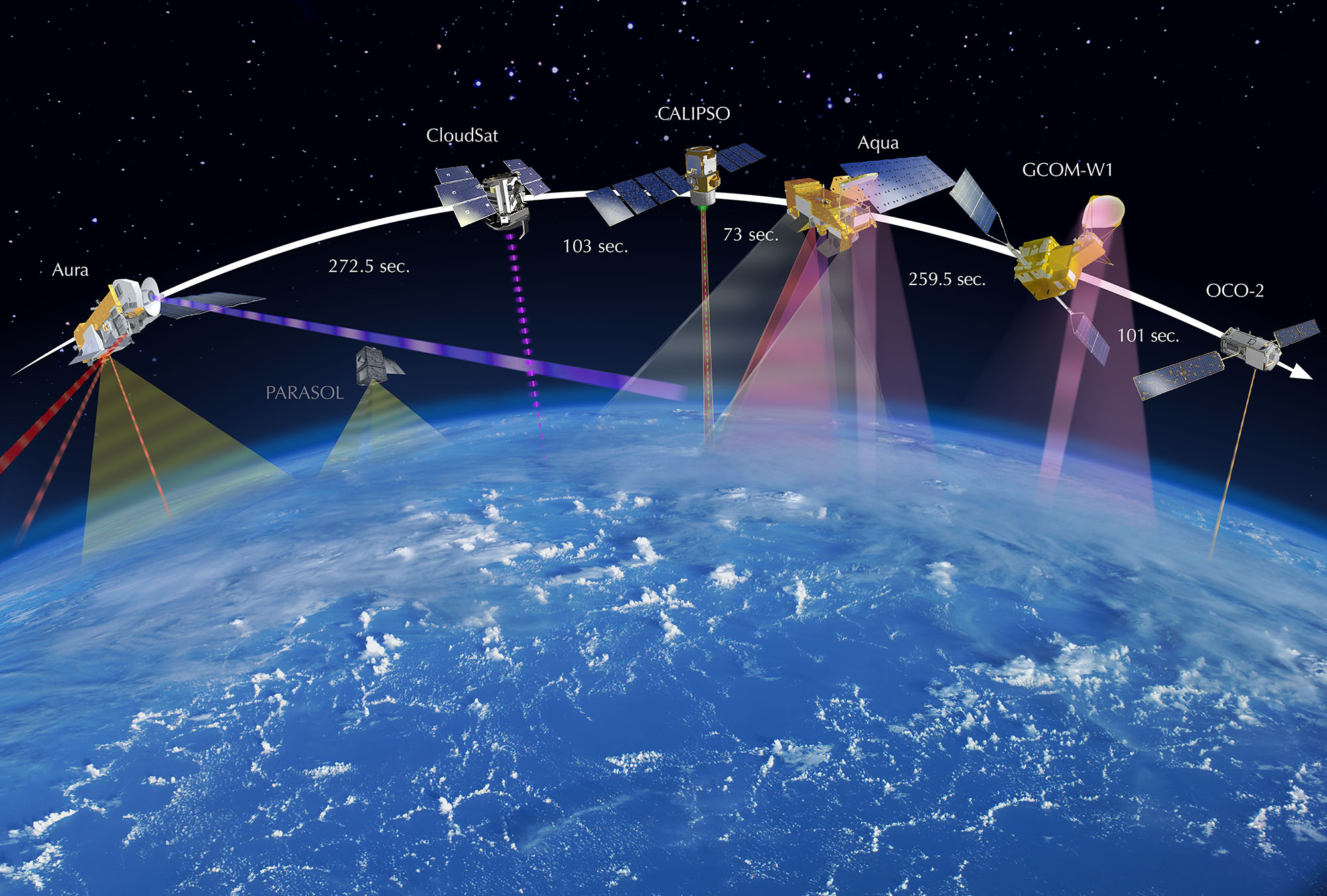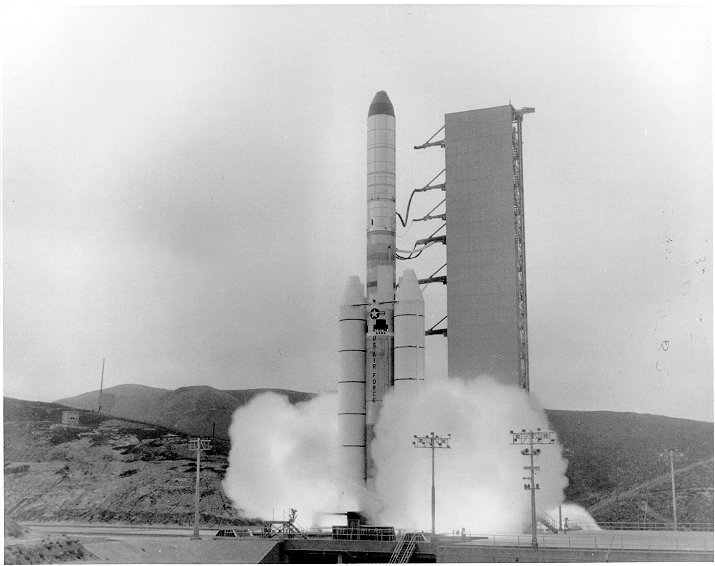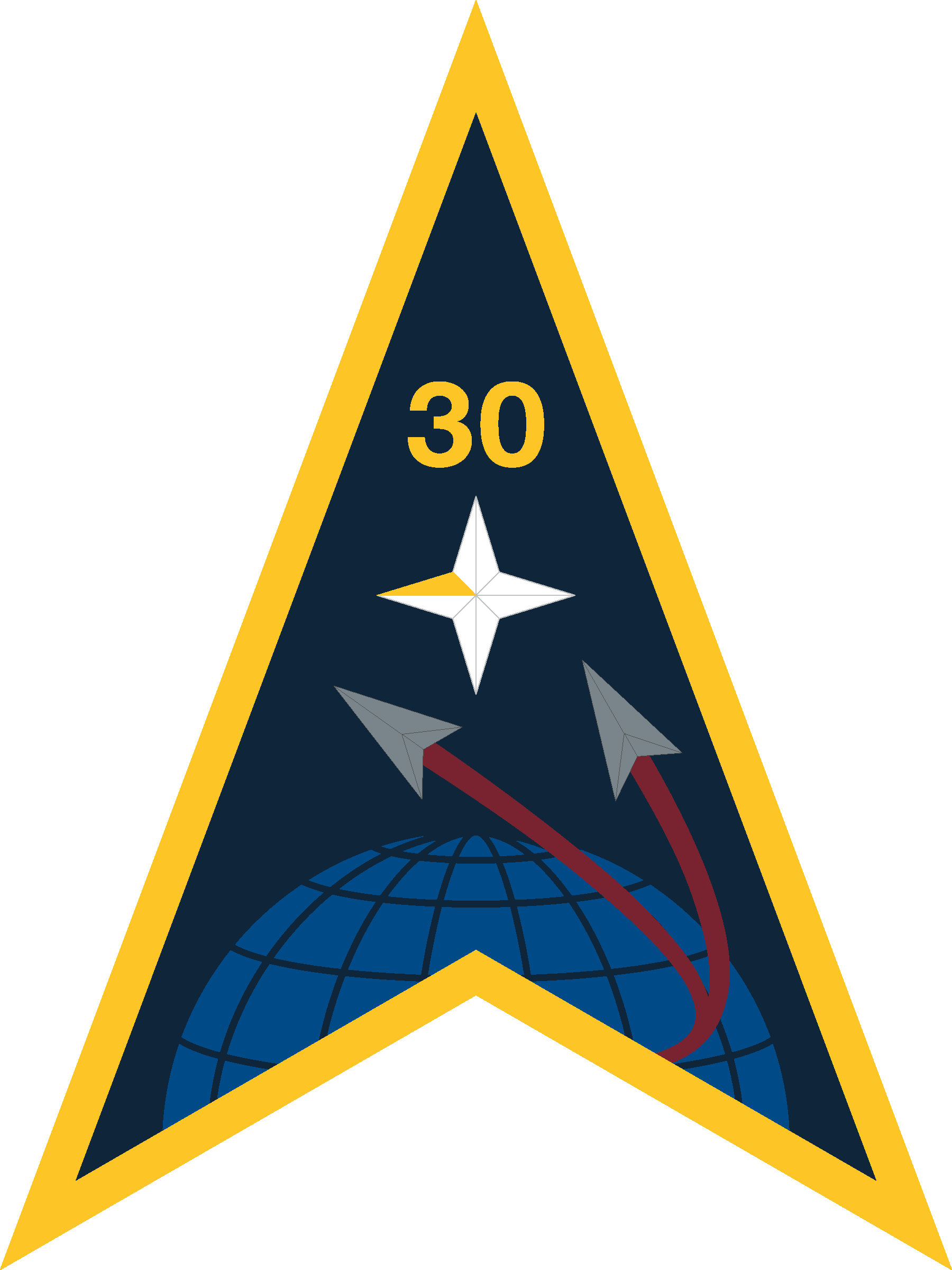|
WorldView Legion
WorldView Legion is an Earth observation satellite constellation currently under development by Maxar. Launch services have been contracted to SpaceX. The first two satellites were launched on May 2nd, 2024. WorldView Legion is owned and operated by Maxar Technologies. List of satellites See also O3b mPOWER O3b mPOWER is a communications satellite system owned and operated by SES. The system uses high-throughput and low- latency satellites in a medium Earth orbit (MEO), along with ground infrastructure and intelligent software, to provide multip ... References {{Orbital launches in 2024 Earth observation satellites ... [...More Info...] [...Related Items...] OR: [Wikipedia] [Google] [Baidu] |
Earth Observation Satellite
An Earth observation satellite or Earth remote sensing satellite is a satellite used or designed for Earth observation (EO) from orbit, including spy satellites and similar ones intended for non-military uses such as environmental monitoring, meteorology, cartography and others. The most common type are Earth imaging satellites, that take satellite images, analogous to aerial photographs; some EO satellites may perform remote sensing without forming pictures, such as in GNSS radio occultation. The first occurrence of satellite remote sensing can be dated to the launch of the first artificial satellite, Sputnik 1, by the Soviet Union on October 4, 1957. Sputnik 1 sent back radio signals, which scientists used to study the ionosphere. The United States Army Ballistic Missile Agency launched the first American satellite, Explorer 1, for NASA's Jet Propulsion Laboratory on January 31, 1958. The information sent back from its radiation detector led to the discovery of the Earth's Van ... [...More Info...] [...Related Items...] OR: [Wikipedia] [Google] [Baidu] |
DigitalGlobe
DigitalGlobe was an American commercial vendor of space imagery and geospatial content, and operator of civilian remote sensing spacecraft. The company went public on the New York Stock Exchange on 14 May 2009, selling 14.7 million shares at US$19.00 each to raise US$279 million in capital. On 5 October 2017, Maxar Technologies completed its acquisition of DigitalGlobe. The company's "WorldView" satellites should not be confused with the unrelated WorldView company (a stratospheric balloon operator). Origins WorldView Imaging Corporation was founded in January 1992 in Oakland, California in anticipation of the 1992 Land Remote Sensing Policy Act (enacted in October 1992) which permitted private companies to enter the satellite imaging business. Its founder was Dr Walter Scott, who was joined by co-founder and CEO Doug Gerull in late 1992. In 1993, the company received the first high resolution commercial remote sensing satellite license issued under the 1992 Act. The compa ... [...More Info...] [...Related Items...] OR: [Wikipedia] [Google] [Baidu] |
LC-39A
Launch Complex 39A (LC-39A) is the first of Kennedy Space Center Launch Complex 39, Launch Complex 39's three launch pads, located at NASA's Kennedy Space Center in Merritt Island, Florida. The pad, along with Launch Complex 39B, was built in the 1960s to accommodate the Saturn V launch vehicle, and has been used to support NASA Human spaceflight, crewed space flight missions, including the historic Apollo 11 moon landing and the Space Shuttle. Since 2014 the site has been leased by SpaceX and supports launches of the Falcon 9 and Falcon Heavy rockets. History Apollo program In 1961, U.S. John F. Kennedy, President Kennedy proposed to the United States Congress, U.S. Congress the goal of landing a man on the Moon by the end of the decade. Congressional approval led to the launch of the Apollo program, which required a massive expansion of NASA operations, including an expansion of launch operations from the Cape to adjacent Merritt Island to the north and west. First named ... [...More Info...] [...Related Items...] OR: [Wikipedia] [Google] [Baidu] |
SLC-40
Space Launch Complex 40 (SLC-40), sometimes referred to as "Slick Forty," is one of two launch pads located at the Integrate-Transfer-Launch Complex in Cape Canaveral Space Force Station, Florida. It initially opened as Launch Complex 40 (LC-40) and was used by the United States Air Force alongside the neighboring Space Launch Complex 41 for the Titan III program. It initially saw use by the Titan IIIC throughout the 1960s and 1970s, before getting retrofitted for the Titan 34D during the 1980s. In the 1990s, Martin Marietta and the Air Force upgraded it to launch the Commercial Titan III, but the rocket's lack of success caused the pad to be used by the Titan IV throughout the decade and into the 2000s. Following the Titan family's retirement, the SLC-40 lease was given to SpaceX in 2007 for use by their new rocket, the Falcon 9. Since the early 2010s, the pad has transformed into a high-volume launch site for the Falcon 9, being mainly used to service the company's Starlink m ... [...More Info...] [...Related Items...] OR: [Wikipedia] [Google] [Baidu] |
CCSFS
Cape Canaveral Space Force Station (CCSFS) is an installation of the United States Space Force's Space Launch Delta 45, located on Cape Canaveral in Brevard County, Florida. Headquartered at the nearby Patrick Space Force Base, the station is the primary launch site for the Space Force's Eastern RangeCAST 1999, p. 1-12. with four launch pads currently active (Space Launch Complexes 36, 40, 41 and 46). The facility is south-southeast of NASA's Kennedy Space Center on adjacent Merritt Island, with the two linked by bridges and causeways. The Cape Canaveral Space Force Station Skid Strip provides a runway close to the launch complexes for military airlift aircraft delivering heavy and outsized payloads to the Cape. A number of American space exploration pioneers were launched from CCSFS, including the first U.S. Earth satellite (1958), first U.S. astronaut (1961), first U.S. astronaut in orbit (1962), first two-man U.S. spacecraft (1965), first U.S. uncrewed lunar lan ... [...More Info...] [...Related Items...] OR: [Wikipedia] [Google] [Baidu] |
SLC-4E
Space Launch Complex 4 (SLC-4) is a launch and landing site at Vandenberg Space Force Base, California, U.S. It has two pads, both of which are used by SpaceX for Falcon 9, one for launch operations, and the other as Landing Zone 4 (LZ-4) for SpaceX landings. The complex was previously used by Atlas and Titan rockets between 1963 and 2005. It consisted of two launch pads: Space Launch Complex 4 West (SLC-4W, formerly PALC-2-3) and Space Launch Complex 4 East (SLC-4E, formerly PALC-2-4). Both pads were built for use by Atlas-Agena rockets, but were later rebuilt to handle Titan rockets. The designation SLC-4 was applied at the time of the conversion to launch Titan launch vehicles. Both pads at Space Launch Complex 4 are currently leased by SpaceX. SLC-4E is leased as a launch site for the Falcon 9 rocket, which first flew from Vandenberg on 29 September 2013, following a 24-month refurbishment program which had started in early 2011. SpaceX began a five-year lease of Launch C ... [...More Info...] [...Related Items...] OR: [Wikipedia] [Google] [Baidu] |
VSFB
Vandenberg Space Force Base , previously Vandenberg Air Force Base, is a United States Space Force Base in Santa Barbara County, California. Established in 1941, Vandenberg Space Force Base is a space launch base, launching spacecraft from the Western Range, and also performs missile testing. The United States Space Force's Space Launch Delta 30 serves as the host delta for the base, equivalent to an Air Force air base wing. In addition to its military space launch mission, Vandenberg Space Force Base also hosts space launches for civil and commercial space entities, such as NASA and SpaceX. History United States Army Camp Cooke (1941–1953) In 1941, just before the United States entered World War II, the United States Army embarked on an initiative to acquire lands in the United States to be used to train infantry and armored forces. These areas needed to be of a varied nature to ensure relevant training. In March 1941, the Army identified approximately of open ran ... [...More Info...] [...Related Items...] OR: [Wikipedia] [Google] [Baidu] |
List Of Falcon 9 First-stage Boosters
A Falcon 9 first-stage booster is a reusable rocket booster (rocketry), booster used on the Falcon 9 and Falcon Heavy orbital launch vehicles manufactured by SpaceX. The manufacture of first-stage booster constitutes about 60% of the launch price of a single expended Falcon 9 (and three of them over 80% of the launch price of an expended Falcon Heavy), which led SpaceX to develop a SpaceX reusable launch system development program, program dedicated to recovery and reuse of these boosters. After multiple attempts, some as early as 2010, at controlling the re-entry of the first stage after its separation from the second stage, the first successful controlled landing of a first stage occurred on 22 December 2015, on the first flight of the Falcon 9 Full Thrust, Full Thrust version. Since then, Falcon 9 first-stage boosters have been landed and recovered times out of attempts, including #Synchronized recoveries of side-boosters, synchronized recoveries of the side-boosters of most ... [...More Info...] [...Related Items...] OR: [Wikipedia] [Google] [Baidu] |
Satellite Catalog Number
The Satellite Catalog Number (SATCAT), also known as NORAD Catalog Number, NORAD ID, USSPACECOM object number, is a sequential nine-digit number assigned by the United States Space Command (USSPACECOM), and previously the North American Aerospace Defense Command (NORAD), in the order of launch or discovery to all artificial objects in the orbits of Earth and those that left Earth's orbit. For example, catalog number 1 is the Sputnik 1 launch vehicle, with the Sputnik 1 satellite having been assigned catalog number 2. Objects that fail to orbit or orbit for a short time are not catalogued. The minimum object size in the catalog is in diameter. , the catalog listed 58,010 objects, including 16,645 satellites that had been launched into orbit since 1957 of which 8,936 were still active. 25,717 of the objects were well tracked while 2,055 were lost. In addition USSPACECOM was also tracking 16,600 analyst objects. Analyst objects are variably tracked and in constant flux, so their ... [...More Info...] [...Related Items...] OR: [Wikipedia] [Google] [Baidu] |
WorldView-4
WorldView-4, previously known as GeoEye-2, was a third generation commercial Earth observation satellite launched on 11 November 2016, at 18:30:33 UTC. The spacecraft was operated by DigitalGlobe. With a maximum resolution of , WorldView-4 provided similar imagery as WorldView-3, the highest resolution commercially available at the time of its launch. The spacecraft suffered a failure in one of its control moment gyroscopes in January 2019, and operations were unable to be recovered. It reentered over New Zealand on 30 November 2021. History Work on GeoEye-2 began in October 2007 when commercial imagery company GeoEye selected ITT Corporation to begin work on long lead-time items for the satellite camera system. In March 2010, an initial contract for construction of the spacecraft was awarded to Lockheed Martin Space Systems, which previously built the Ikonos imaging satellite. At the time, GeoEye-2 was planned for launch in late 2012. The spacecraft's preliminary design rev ... [...More Info...] [...Related Items...] OR: [Wikipedia] [Google] [Baidu] |
Low Earth Orbit
A low Earth orbit (LEO) is an geocentric orbit, orbit around Earth with a orbital period, period of 128 minutes or less (making at least 11.25 orbits per day) and an orbital eccentricity, eccentricity less than 0.25. Most of the artificial objects in outer space are in LEO, peaking in number at an altitude around , while the farthest in LEO, before medium Earth orbit (MEO), have an altitude of 2,000 km, about one-third of the Earth radius, radius of Earth and near the beginning of the Van Allen radiation belt#Inner belt, inner Van Allen radiation belt. The term ''LEO region'' is used for the area of space below an altitude of (about one-third of Earth's radius). Objects in orbits that pass through this zone, even if they have an apogee further out or are sub-orbital spaceflight, sub-orbital, are carefully tracked since they present a collision risk to the many LEO satellites. No human spaceflights other than the lunar missions of the Apollo program (1968-1972) have gone beyond L ... [...More Info...] [...Related Items...] OR: [Wikipedia] [Google] [Baidu] |







